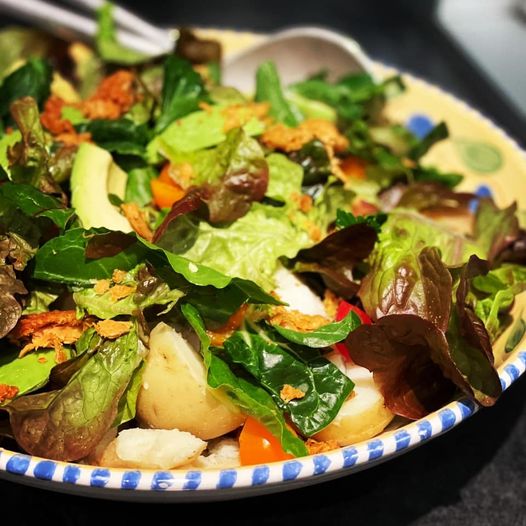The POWER of WHOLE running
Running, July 24, 2025
Unlock your full running potential with a balanced approach. Combine different intensities within each session to optimise your performance.
If you want to optimise fueling your body you consume whole food - if you want the most out of every running session you must complete whole running.
To simplify eating nutritionists will categorise foods with macronutrient labels
- Carbohydrate
- Fat
- Protein
Fruit is a carb, steak is protein, and butter is fat. When in fact many foods contain multiple macronutrients, plus many micronutrients. For example a medium banana contains 27grms of CHO, 1grm of protein, and less than 1/2 gram of fat + many micronutrient's including potassium, Vit B6, Vit C, and manganese.
Running sessions are simplified by splitting up into
- Slow/steady
- Tempo
- Speed
The most beneficial run workouts contain different speeds, stressing multiple energy systems in the right ratios. With real whole nutrition there is no example of a single macronutrient food, and the same goes for a well planned run session.
Let's go over some two examples
1)The cornerstone long run that is mostly completed in Zone 2, conversation pace, or STEADY; will be far more beneficial with an easy warm up consisting of some drills, and skipping to prime form. Including 4-8 x 15-20sec SPEED efforts before the warm down will help promote leg turn over, and enhance the recovery with a system flush before the final 5-10min of easy running.
2)One of my favourite sessions that incorporates every portion of speed, and energy system stresses is the ultimate speed 1km TT + tempo workout. It starts like every great session with 3km of easy-steady warm up consisting of some skipping drills, side to sides, grapevine work to loosen the hips, and some strides to open up the stride length and the lungs.
After a change of shoes, and some hip swings the entrée consists of 4 x 100m getting a little quicker each one with an easy walk of 100m in-between. Then the final preparation is the 2-4 x 200m building speed to just under max with full control and flow.
Before the first half of the main course it's important to recover with 3-5min of walk/jog and nasal breathing exercises.
Now we get into main set starting with a 1000m time trial. This is a max effort while trying to hold form as the discomfort rapidly rises. The last 200m is focused on holding it together as the matallic taste* becomes evident in the throat. As the first portion is digested an easy 400m is completed mostly walking then the main course (set) is completed with 2km at tempo.
The benefits of following a max speed endurance effort with a tempo effort are many
- Improved Lactate Threshold: Tempo runs are designed to push your aerobic capacity, helping the system become more efficient at clearing lactate. This allows faster and longer periods of running without fatigue compromising performance.
- Enhanced Running Economy: tempo training with fatigue in the legs helps improve running form and efficiency, making muscles work more effectively during the back end of races
- Increased Speed Endurance: Following a speed session with a tempo run helps bridge the gap between short, high-intensity efforts and sustained effort, building endurance at faster paces.
- Mental Toughness: Running a sustained effort after a speed workout trains your mind to maintain focus and pace under fatigue, which is crucial during races.
- Recovery and Active Rest: A moderate tempo run can promote blood flow and aid in recovery by flushing out metabolic waste products from your muscles, provided the pace is controlled.
- Adaptation to Race Pace: Running 2 km at tempo intensity after speed work simulates race conditions where you need to sustain a challenging pace, helping your body adapt to race-specific demands.
In essence, just as a diverse whole food diet ensures complete nutrition, a well-rounded running program ensures comprehensive complete development—ultimately helping us perform at our best, both physically and mentally. Embrace the variety, appreciate the balance, and let your training be as nourishing as the whole foods that sustain you.
- A metallic taste in the mouth after intense exercise can be due to red blood cells releasing heme (iron) or leaking into the airways during strenuous activity. This is generally not a cause for alarm and is considered a normal physiological response to intense effort.
For Physiotherapy, Coaching, my book 'Holistic Human', Training Plans, YouTube, FREE recipes,
Connect below

.jpg?version=8)